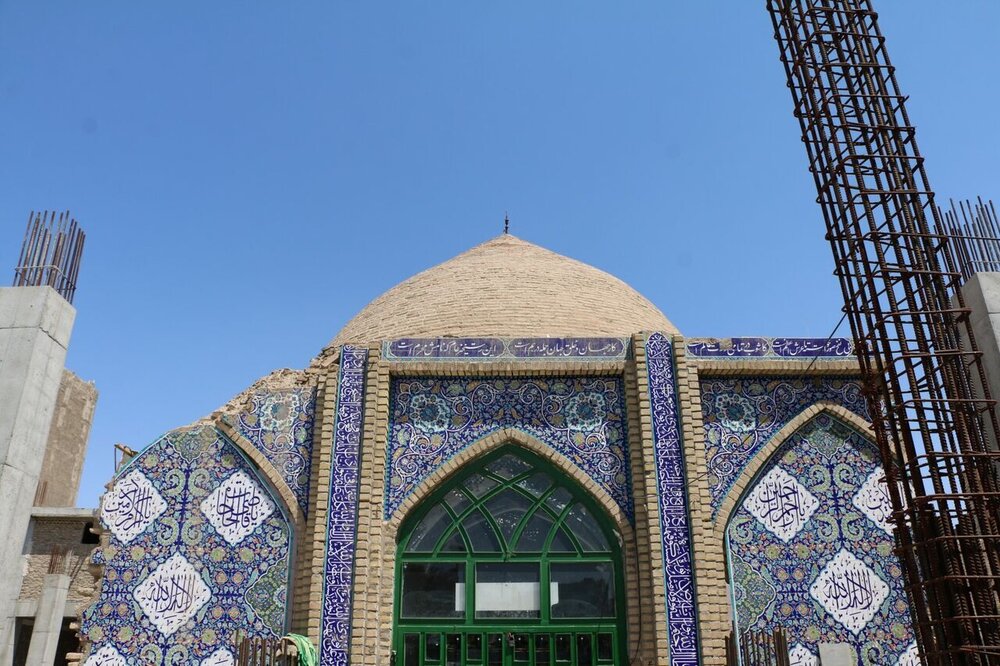Ilkhanid-era mausoleum under restoration to gain former glory

TEHRAN – An extensive restoration work has been commenced on the mausoleum of Seyyed Fathollah, a 13th-century mystic who is laid to rest in Varamin, an ancient city in Tehran province.
The restoration project involves strengthening the building’s walls and dome as well as repairing its arches, Varamin’s tourism chief, Zhila Khodadadi, announced on Sunday.
A budget of one billion rials (almost $24,000 at the official exchange rate of 42,000 rials per dollar) has been allocated to the project, the official added.
The monument has a double-shell dome and it bears embossed inscriptions in ocher color, which is one of the architectural features of that period, she explained.
The mausoleum dates back to the time of Ilkhanids (1256–1353), who were a branch of the Mongol dynasty. The Mongol ruler Hulegu Khan (c. 1217-1265), who founded the Ilkhanid dynasty in Iran, selected the north-central region of Iran for his center of government.
The historical structure was inscribed on the National Heritage list in 2003.
The first time Tehran is mentioned in historical accounts is in an 11th-century chronicle in which it is described as a small village north of Rey.
Tehran has many to offer its visitors including Golestan Palace, Grand Bazaar, Treasury of National Jewels, National Museum of Iran, Glass & Ceramic Museum, Masoudieh Palace, Sarkis Cathedral, Tehran Museum of Contemporary Art, Carpet Museum of Iran, to name a few.
ABU/AFM
Leave a Comment